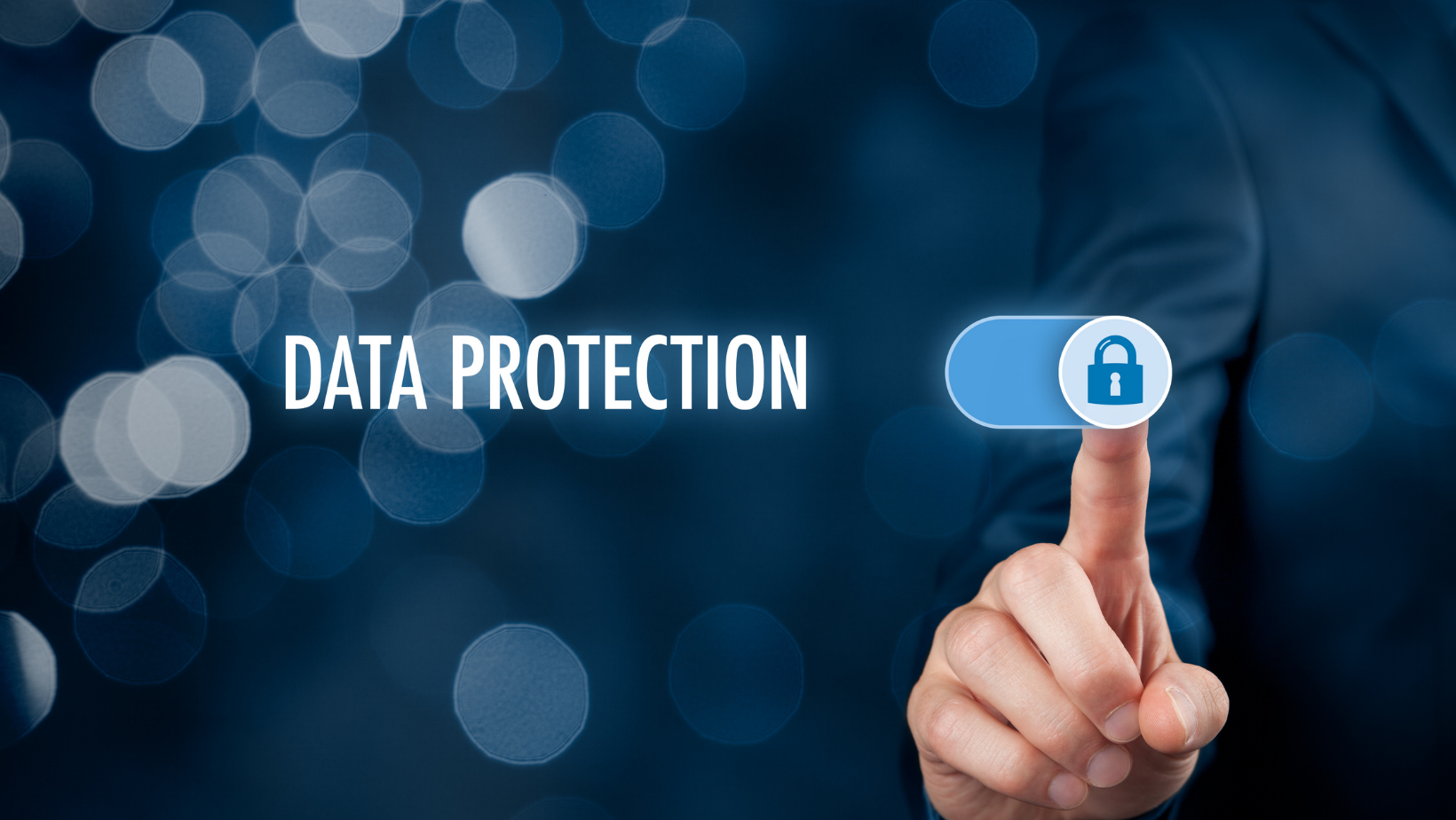Authenticate then Evaporate!
.png?width=1640&name=Authentication%20then%20Evaporation%20-%20Identity%20Authentication%20Graphic%20(1).png)
(or not)
.png?width=1640&name=Authentication%20then%20Evaporation%20-Identity%20Authentication%20Graphic%20(2).png)
In today’s digital society, we’re all aware that “data” can be used for both good or nefarious purposes. It can provide useful insights that spur positive change and business efficiencies or, when in the wrong hands, data can be exploited leading to emotional and monetary turmoil.
A well understood example of the latter would be “Identity theft” and the fraud that spirals out of it. If a criminal gets their hands on a consumer’s personally identifiable information (PII) such as their Social Security number, it conjoined with one’s home address, phone number, employment history, driver’s license number, etc, can effectively assemble a fraud package that will wreak havoc on an individual’s life.
Enabled by the speed, vast reach, and anonymity of the internet, fraudsters can spin up bogus accounts using a victim’s PII, and (as just one example) finance and take hold of an automobile and stick the ID fraud victim with the bill.
On the flip side, however, data in and used by the right hands can be a powerful tool to authenticate a person’s identity, validate permissions, and enable access and legitimate entry into systems. At UVeritech, we have over two decades of expertise helping companies establish the bona fides of currency and identity documents to ensure that ONLY the right person gets to do business with your business.
Our integrated HW/SW solution forensically authenticates a customer’s presented identity document, via scans of embedded security features & data present on (for example) a driver’s license or passport.
Once the customer’s identity is proven and a company can assuredly proceed with the transaction, they now come to that critical data inflection point and usage question:
“Do we store and study customer transaction data to… provide better services, be more competitive, etc?”
or
“Do we delete it all to ensure security and privacy?”
As it turns out, the responses aren’t immediately obvious nor black & white.
Some companies may indeed have policies that gravitate to the side of privacy and security: “After personal data is validated, it is promptly deleted and never stored.”
Given near daily news of hacks and breaches and phishing and ransomware, all leading to losses and fines, it’s no surprise that some companies would take such a hyper-conservative view of data protection, and protection and shed themselves of any type of transaction data once it’s been processed.
But, if robust security and privacy could be established, what types of analysis could be performed on the aggregated fraud transaction data, leading to trends identification, and ultimately to predictive insights into fighting fraud itself?
Our ID authentication benefits don’t end after the “Pass/Fail”. Once we help you authenticate the identity of your customer, facilitating confident transactions, this scanned data has powerful downstream anti-fraud application value as well.
Say your business was an auto group with 10 dealerships across a city or state, or a luxury jewelry retailer with stores in every mall across the country, or even a successful community bank with 20 branches serving a single city… if one of your stores detected a fake ID and stopped a fraudster, that’s great! The system and your processes did their job to prevent loss.
But what good is that fraud incident information, that data, if it’s effectively locked within that one store? You’ve got more stores, more potential targets for the fraudster to “try again”. Wouldn’t it be valuable, even essential to understand fraud’s behavior to be better prepared when your other stores are hit?
Our PALIDIN ID solution suite not only detects and defeats attempted fraud, it can also alert and prepare you for the battles ahead. We provide an intuitive web dashboard that give corporate stakeholders a top-down view of fraud transaction activity across your entire company footprint.
Potential insights:
“We saw a surge in presented fake IDs in “Store X” on this date, and then a surge in “Store Y” 4 days later. “Store Z” is just adjacent and so should be alerted.
or
“Why is there a consistent cluster of fraudulent transactions in this particular city?”
or
“We observed fraud attempts occurring at this time of day, during these employee shifts.”
Fraud can be an external threat, or soberingly, an insider one as well. Criminal activity and fraud attempts can be triggered by a new car release or timed during a popular sporting event or holiday that might distract your staff.
You won’t know the threat, you can’t stop the threat, unless you study the threat. But only if it makes sense for your business.
The bottom line: For your specific policies, we give you the tools to dive into and understand the data, as well as the full control and customization to purge it entirely from your system.
Some of our customers obtain overt customer consent for long term storage and study of fraud transaction data. Some retain data for a very short period, maybe just days, to be presented to authorities or auditors. Some store no data, whatsoever, at all.
Customer ID authentication data can be an immensely powerful tool to defeat fraud and prevent loss. We let you use it, or we ensure you lose it. Your data, your decision. Talk to us to configure a solution that works for you.


